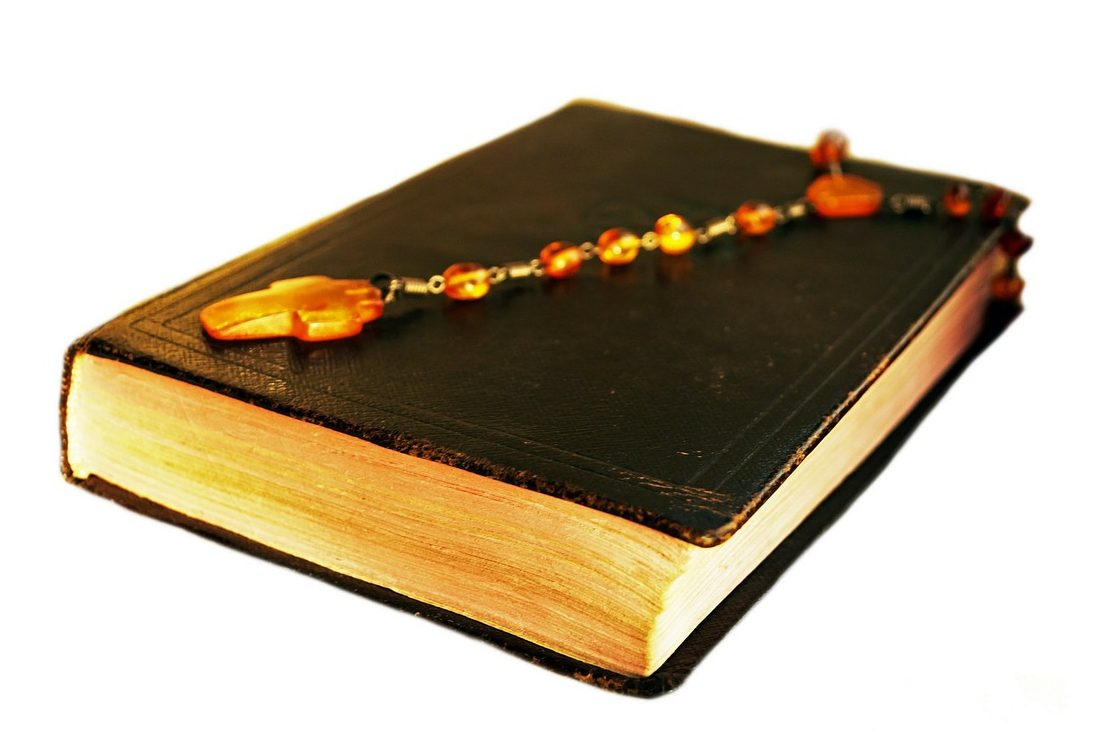What did Jews who remained in the shelters and bunkers feel, what did they long for? What was their daily existence like — with not enough oxygen to breathe, and the sound of German soldiers’ heavy boots above their heads?
Deeply moving stories of the four so-called ‘rubblers’ will be presented by Professor Barbara Engelking, author of the concept of “Around Us a Sea of Fire” exhibition.
Together with Prof. Engelking, the POLIN – Museum of the History of Polish Jews (Warsaw – Poland), will visit sites in the Warsaw district of Muranów where, 80 years ago, shelters of Hena Kuczer (Krystyna Budnicka), Stella Fidelseid, Hanna Szylkret or David Białogrod were.
“It’s dark. Fear, terrible fear lurks at every corner. This may be my last hour”
— that is how 24 years old Stella Fidelseid described her experience of living in an underground shelter during the Warsaw Ghetto Uprising. Stella was one of about 50,000 ‘civilian’ Jews who — from the moment the fighting started on 19 April — remained in the shelters and bunkers that had been arranged earlier in almost every building inside the ghetto. Some of those who stayed in hiding remained unreachable to the German perpetrators for many weeks after the fighting had ended.
Accompanying event of the Warsaw Ghetto Uprising Campaign organised as part of the 80th anniversary of the outbreak of the Warsaw Ghetto Uprising.
*
+
Preceding
Warsaw Ghetto in 1940 a big horror part of Warsaw not to be forgotten
++
Additional reading
- Remembrance of the beginning of the Warsaw Ghetto Uprising
- Holocaust Seminar – What made me want to go to Poland.
- Holocaust and Bravery Day
- Warsaw Ghetto Uprising commemorated on 80th anniversary
- Terrible things had and still have their time
- Auschwitz survivors providing a warning of rising anti-Semitism and exclusion of free thinking






4 gedachten over “Jews who remained in the shelters and bunkers of the Warsaw ghetto”